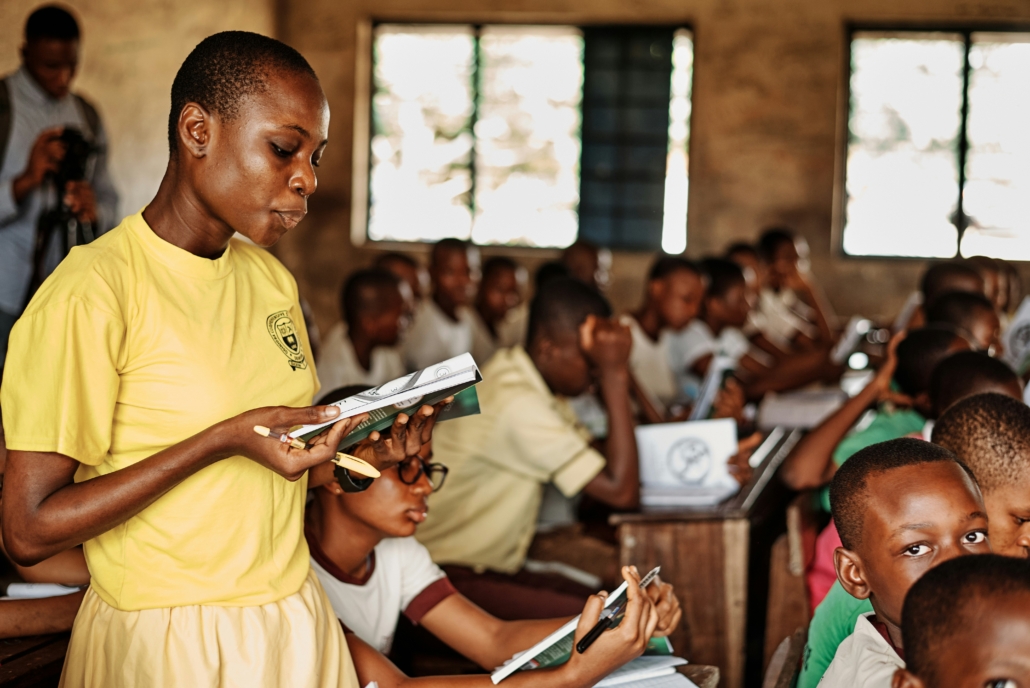 Often referred to as the gateway to Africa, Ghana has been a beacon of hope to other African countries and continues to make strides in all major sectors. However, that hope is bleak, especially in rural and underserved communities with regard to SDG 4 in Ghana. For example, many children have difficulty accessing education due to having to travel long distances or they have to abandon school to go to work. Children brave enough to pursue their educational dreams often study in dilapidated buildings, trek for miles through dangerous terrains and do so with little to no reading or studying materials.
Often referred to as the gateway to Africa, Ghana has been a beacon of hope to other African countries and continues to make strides in all major sectors. However, that hope is bleak, especially in rural and underserved communities with regard to SDG 4 in Ghana. For example, many children have difficulty accessing education due to having to travel long distances or they have to abandon school to go to work. Children brave enough to pursue their educational dreams often study in dilapidated buildings, trek for miles through dangerous terrains and do so with little to no reading or studying materials.
Education in Ghana
According to a 2022 report by the World Bank, UNESCO and other organizations, nearly 53% of 10-year-old Ghanaian children cannot read and understand a simple story. Teacher shortages, overcrowded classrooms and limited access to learning materials remain persistent obstacles. Updates on SDG 4 in Ghana hint that gender disparities still affect educational attainment, particularly among girls in rural areas. Factors such as early marriage, menstruation-related absenteeism and domestic responsibilities often push girls out of school.
For more than two decades, Ghana, through government initiatives and support from NGOs has worked hard to achieve near-universal primary school enrollment. Around 70,000 out-of-school children being reintegrated through a nationwide education initiative supported by the Ghanaian government and its development partners. Their stories reflect a broader national commitment: ensuring every child in Ghana receives quality education.
This ambition aligns with Sustainable Development Goal 4 (SDG 4): Quality Education, which Ghana continues to pursue through legal reforms, public-private partnerships and community-led efforts. Despite funding pressures and pandemic disruption, the country has made notable strides since 2020.
The Free Senior High School (SHS) Bill
One of the biggest policy shifts on the horizon is the Free Senior High School (SHS) Bill introduced in 2024 by Ghana’s Ministry of Education to give legal backing to the provision of free and compulsory education at the senior high school level. While the free SHS policy has existed since 2017, passed into law will make it a constitutional right, securing access for future generations. Former President of Ghana, Nana Addo Dankwa Akufo-Addo, in his final State of the Nation Address in Parliament on Jan. 3, 2025, praised the transformative impact of the initiative.
“We have transformed education, and there can never be a reversal of the fact that 5.7 million young adults have gained access to secondary education, who would otherwise not have had the opportunity but for Free Senior High / Technical and Vocational Education and Training (SHS/TVET),” he stated. However, Fact-Check Ghana fact checked this statement and adjusted its number of beneficiaries to 3.2 million in total. With institutions such as the National Association of Graduate Teachers (NAGRAT) calling for the suspension of the Free SHS policy, its impact still remains significant for many families that have tremendously benefited since its inception.
“I never thought my daughter would finish high school,” says Efua, a mother of four in the Central Region. “But because of Free SHS, she’s now writing her WASSCE exams.”
An analysis by Africa Education Watch on the financial burden and implementation of the Free SHS Policy revealed that between the 2017/2018 and 2023/2024 academic years, a total of GH¢12.88 billion went toward the policy, averaging GH¢1.84 billion annually.
Initiatives To Improve Education Access
Efforts to address SDG 4 in Ghana has involved the introduction of the Education Regulatory Bodies Act (2020) to strengthen oversight of schools by creating bodies like the National Schools Inspectorate Authority (NaSIA). As of January 2024, all pre-tertiary schools are now required to register with NaSIA, improving accountability and educational standards.
On Feb. 27, 2025, President John Dramani Mahama announced the introduction of the No-Fee Stress Policy, which will remove tertiary admission fees for all students, while persons with disabilities (PWDs) will receive full tuition-free education throughout their studies.
Delivering a nation address on May 7, 2025, he noted that his government was taking concrete steps to implement the policy, allocating GH¢452 million to cover academic facility user fees for 156,294 first-year students across the country for the 2025 academic year.
Ghana has also finalized an Inclusive Education Policy, supported by UNICEF, which promotes learning access for children with disabilities. More than 1,500 teachers have been trained in inclusive, gender-responsive teaching practices.
Yet, challenges remain. Despite these reforms, education spending has dropped from 4.3% of GDP in 2020 to just 3.1% in 2023, below the UNESCO-recommended minimum. Advocates argue that sustainable investment is essential if Ghana is to meet its SDG 4 targets by 2030.
Investments in Education in Ghana
On Feb. 21, 2025, Ghana launched a $2.23 million Global Partnership for Education (GPE) grant in collaboration with UNICEF to build institutional capacity and improve policy planning and accountability in the education system. The grant, which took effect in January 2025, is expected to end in December 2027.
Previous efforts like the Secondary Education Improvement Project (SEIP) helped more than half a million students transition into higher education, with targeted scholarships for rural girls. SEIP demonstrated that data-driven, donor-supported models can effectively bridge educational gaps.
Public-private collaborations have also taken root. For example, the “Communities of Excellence” initiative, funded by the Jacobs Foundation, is building localized learning ecosystems in rural districts. More than 23,000 students, half of them girls, now benefit from personalized, differentiated instruction.
Grassroots Efforts
Efforts toward SDG 4 in Ghana are increasing at the grassroots level as nonprofits continue to fill gaps and champion vulnerable learners. In 2023, Plan International Ghana supported more than 28,000 children across 66 communities, providing school supplies, scholarships and teacher training. In Volta and Oti, Plan International’s efforts equipped 46 schools with new desks and delivered thousands of textbooks.
Girls’ education, a vital piece of SDG 4, is receiving focused attention. UNICEF’s Undaunted Women Support Project empowered nearly 15,000 girls across five rural districts, combining academic support, mentorship and the provision of sanitary supplies. One participant, 15-year-old Rita, credits the program for “changing her path” after nearly dropping out due to menstruation-related stigma and poverty.
During the pandemic, Ghana’s Back-to-School campaign helped reintegrate pregnant girls and young mothers through community advocacy and new national guidelines, reinforcing that motherhood should not end a girl’s education. “Without the Back-to-School Campaign, I may have never returned to school after childbirth. I am grateful for the support from my parents and teachers, which helped me resume my studies. I am now on track to becoming a nurse” Ernestina a participant.
Looking Ahead
Addressing SDG 4 in Ghana is complex. Legislation is progressing, partnerships are thriving and NGOs are stepping up where state resources fall short. But funding gaps and learning disparities still challenge long-term gains.
As the world watches, Ghana’s evolving model, rooted in legal reform, community action and cross-sector collaboration, offers valuable lessons for nations pursuing education for all.
– Dela Michel
Dela is based in Rockville, MD, USA and focuses on Good News for The Borgen Project.
Photo: Unsplash
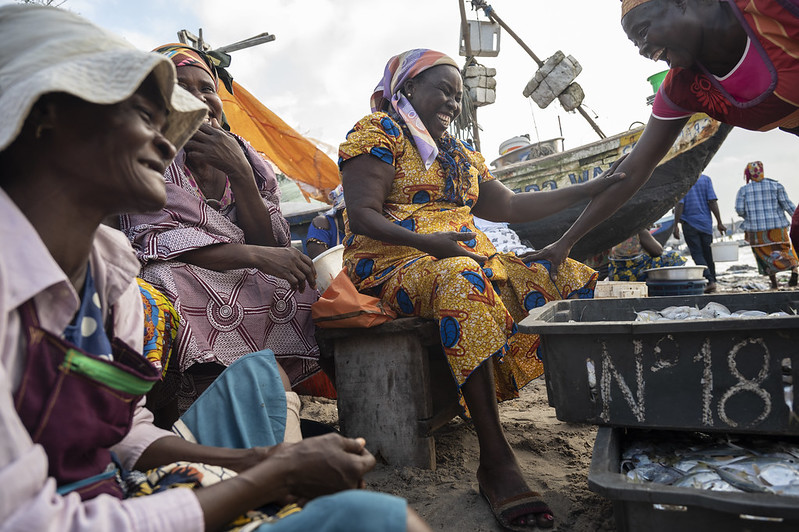 The government of Ghana allocated
The government of Ghana allocated 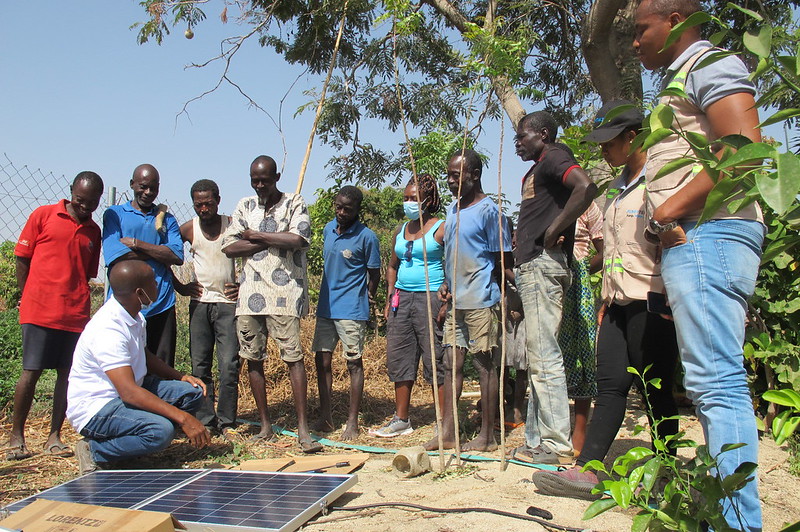 In 2019, the Government of
In 2019, the Government of 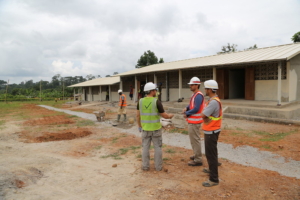
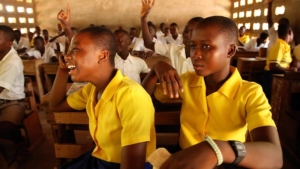
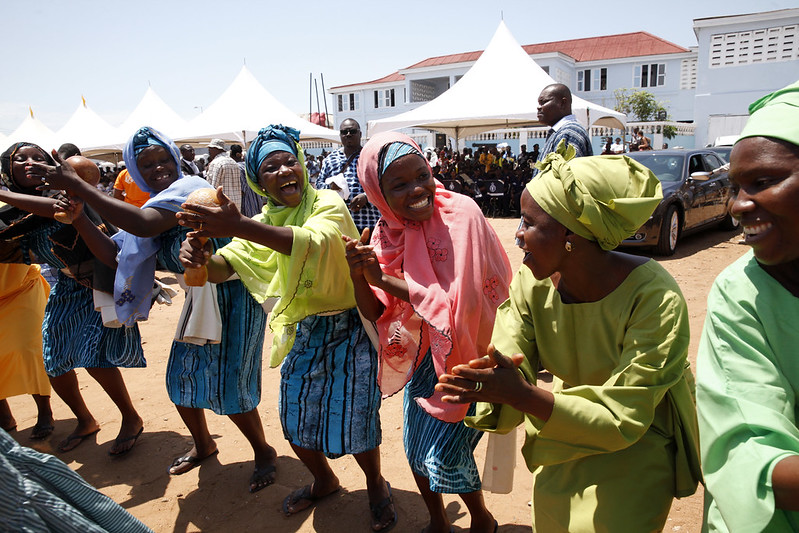
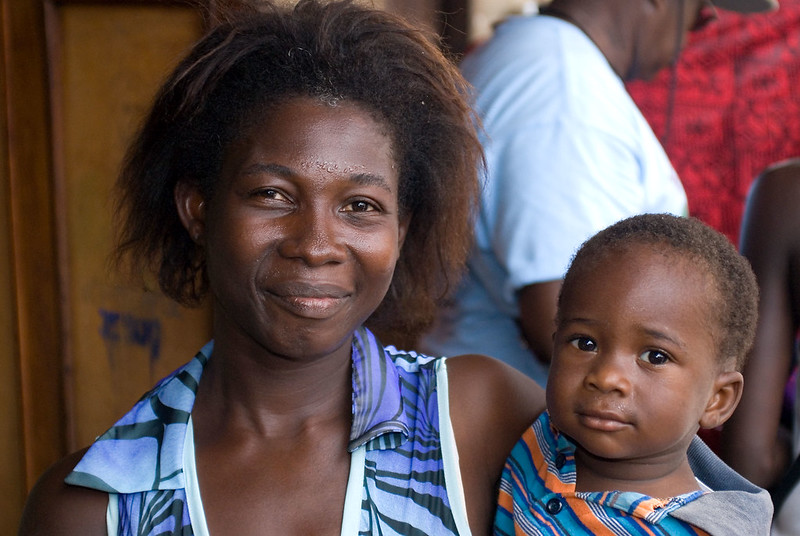
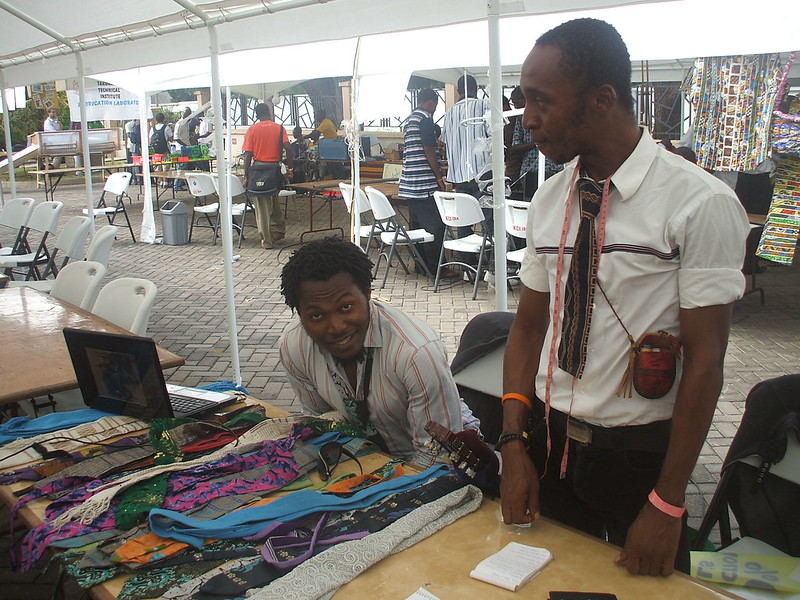
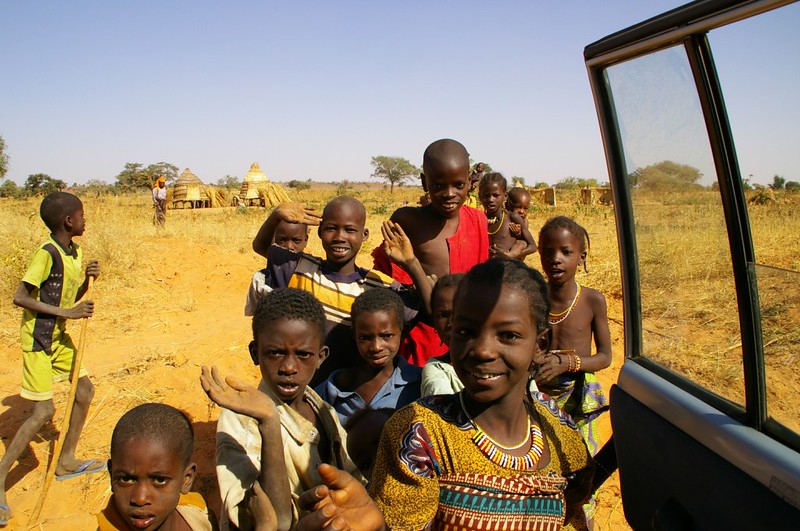 In
In  While known for its forestry and animal life, cocoa is a major part of Ghana’s economy. With a
While known for its forestry and animal life, cocoa is a major part of Ghana’s economy. With a 